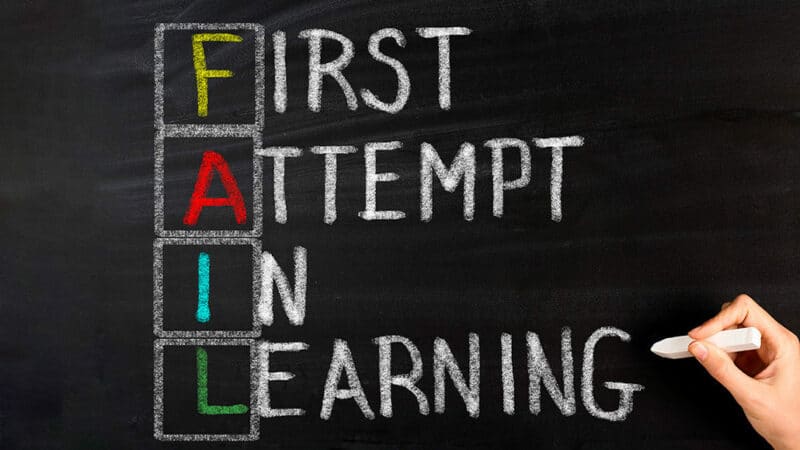Education leaders must stay positive and be prepared to adapt, adjust, and collaborate.
As the summer begins to fade into a new school year, one thing is very clear across this beautiful, diverse, and sometimes tumultuous country: district leaders, school principals, and teachers have an enormous responsibility to ensure everything rolls out exactly as planned.
The only problem is that it probably won’t.

It is hard to execute a precise, tested, and highly organized plan when the world is in such a state of uncertainty and flux — from political turmoil and climate change — to the much more immediate and widespread danger of the resurgence of the virus that shut down the world in 2020.
As if Covid-19 wasn’t bad enough last year, now schools and education programs have to contend with the virus’ much more virulent Delta variant.
Focus on what you can control
Despite the uncertainty ahead, much was learned last year. Many schools that struggled to rapidly shift to remote learning last year now have a robust virtual learning curriculum ready if classes are canceled. All but the most dysfunctional districts and education organizations have a contingency plan in place.

Effective leaders are aware that the environment remains uncertain and are keeping a positive mindset and creating a culture that welcomes collaboration and implementing a clear process for it. Innovative teachers are using these trying times to teach students about resiliency and the importance of being able to adapt to change. Ultimately, unnecessary anxiety about things we can not control is unproductive.
Leaders can’t fix every mistake from the past
The events of March 2020 through the end of last year are unprecedented. Mistakes were made. Let’s focus on the present and not try to correct every mistake or combat every challenge. Teams need to assess their strengths and organize accordingly. Meet challenges head-on but trying to solve every unforeseen problem that may occur will lead to disorder and burnout.
Harness relationships and effective collaboration
I was inspired by how a superintendent in rural California described how her district came together to reopen schools for its 3,500 students by forming a 75-member task force — while maintaining safety protocols — despite 95 percent of those students being socioeconomically disadvantaged and 60 percent English-language learners.

“We built relationships on all levels with concentric circles. We started with the board and our administrators, then moved out to the labor partner unions representing teachers and other school employees to plan appropriately, before turning to the parent community,” said Zandra Jo Galván in Edweek, superintendent of the Greenfield Union school district in Salinas Valley. “We also connected with the county health department, state officials, and the U.S. Centers for Disease Control.”
This is the type of attitude and energy we need education leaders to embrace — especially to ensure at-risk and disadvantaged students don’t get short-changed yet again.
Key Takeaways
- Embrace a culture of collaboration
- Have an organized plan but make it easy to adjust
- Limit exposure to the negativity of the news cycle
- Be aware, adapt, and adjust
- Choose your battles; prioritize
Stronger Consulting has been helping districts, public charter schools, and educational organizations adjust and succeed well before these uncertain times. From management consulting and program development — to recruitment and fundraising — contact us today.



